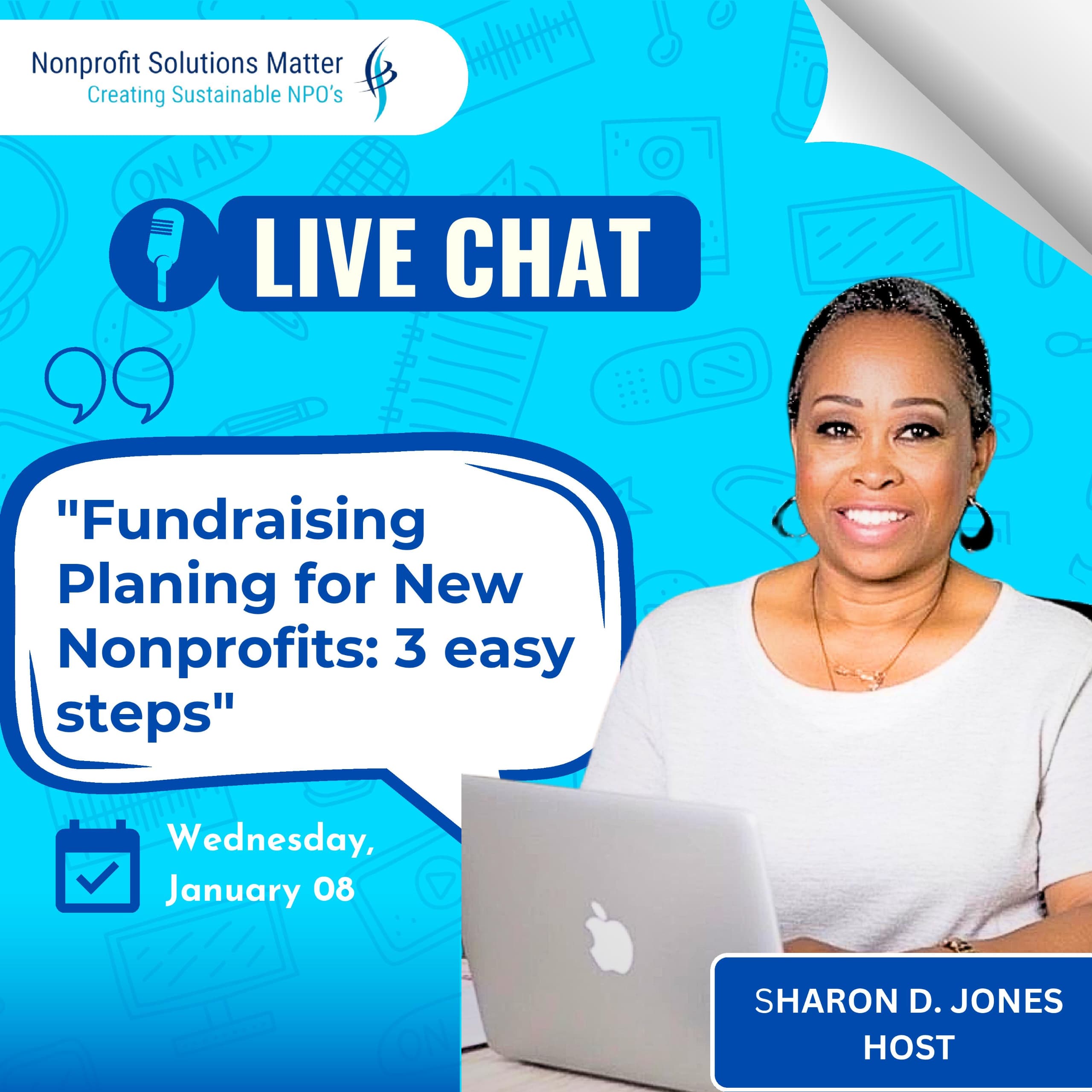- admin
Importance of an Annual Fundraising Plan
You’ve heard the saying, “failing to plan is planning to fail.” This holds true for your success or failure in fundraising for your organization.
Its a new year which means it's time to plan your a nual fundraising goals and the activities that will support them.
Creating an annual fundraising plan is crucial for the sustained success of any nonprofit organization. It serves as a roadmap, guiding fundraising efforts, setting goals, and ensuring a systematic approach towards meeting financial objectives. A well-thought-out plan not only provides clarity and direction but also maximizes fundraising effectiveness.
Importance of an Annual Fundraising Plan:
1. Strategic Direction:
An annual fundraising plan aligns fundraising efforts with the organization's mission and vision. It helps in setting clear objectives and strategies to achieve them.
2. Resource Allocation:
It assists in allocating resources effectively by identifying potential fundraising sources, diversifying revenue streams, and optimizing resource utilization for better outcomes.
3. Consistency and Continuity:
A structured plan ensures consistency in fundraising activities throughout the year, maintaining donor engagement and trust while providing a stable financial base for the organization.
4. Evaluation and Adaptation:
It enables regular assessment of fundraising efforts, allowing organizations to adapt strategies based on real-time results, thereby improving performance.
Elements of an Annual Fundraising Plan:
1. Goals and Objectives:
Define specific, measurable, achievable, relevant, and time-bound (SMART) goals for the fiscal year.
2. Fundraising Strategies:
Outline the strategies and tactics to be employed, including events, campaigns, grant applications, donor stewardship, and corporate partnerships.
3. Budget:
Allocate funds for each fundraising activity, ensuring a balanced approach and avoiding overspending or underutilization of resources.
4. Calendar of Activities:
Develop a detailed timeline specifying key fundraising events, campaigns, and milestones throughout the year.
5. Target Audience and Donor Segmentation:
Identify and segment potential donors based on demographics, interests, giving capacity, and engagement levels.
6. Communication Plan:
Define messaging, channels, and frequency of communication with donors to maintain engagement and build relationships.
7. Roles and Responsibilities:
Clearly define who is responsible for each aspect of the fundraising plan to ensure accountability and efficient execution.
Who Should Be Involved:
The development of an annual fundraising plan should involve key stakeholders within the organization, including:
- Executive Director/CEO
- Development/ Fundraising team
- Board of Directors
- Program Managers
- Finance Team
Creating an annual fundraising plan is not just a document; it's a dynamic tool that guides nonprofits towards achieving their financial objectives while fostering donor relationships and supporting the organization's mission.
Contact us if you would like a free fundraising plan template.
This month we’re offering 75% off of our non-profit fundraising audit. Email us for details. info@solutionsmatterllc.com























































